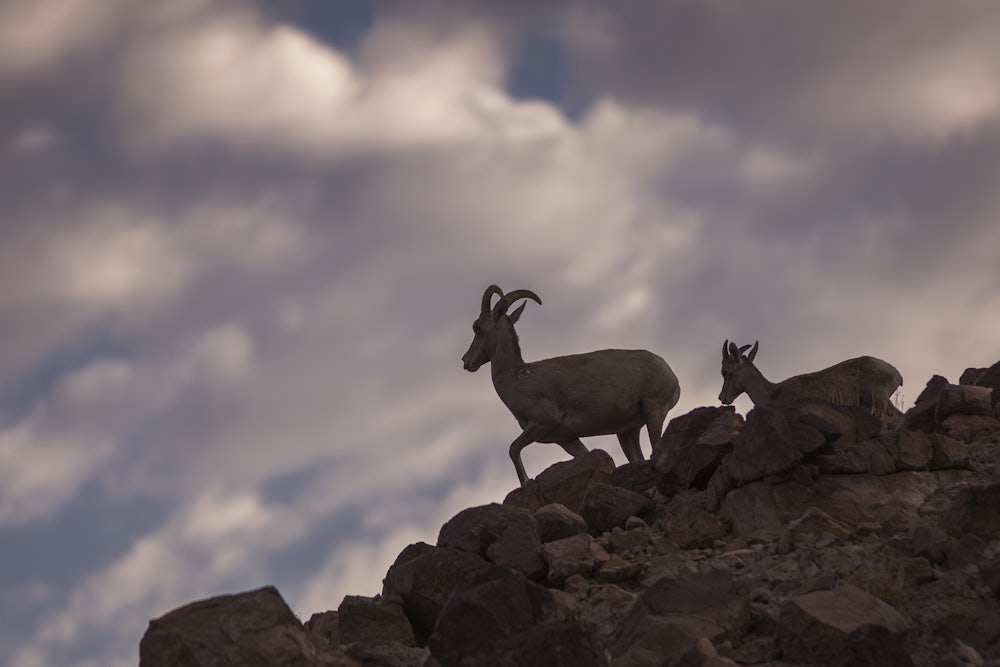In 2016, an international team of scientists set out to determine how much of the earth’s land is still wild. They were alarmed at what they found: Deserts, grasslands, tropical and boreal forests are all rapidly disappearing. In the last two decades, 10 percent of terrestrial wilderness has been replaced by buildings, farmland, and other development. Only 23 percent of all land on the planet remains relatively untouched.
The ocean is in an even more dire state. In a study published this summer, a research team made up of some of the same scientists found that only 13 percent of the ocean can be classified as marine wilderness. The rest has been altered by anthropogenic stressors, such as industrial fishing, pollution, and shipping.
The ocean research was limited by a lack of historical data, so it’s unknown how quickly marine wilderness has declined in the last 20 years. But the two papers make one thing clear: Humans are threatening a complete takeover of both the land and the sea. After climate change, it’s the most urgent environmental crisis of our time.
On Wednesday, the scientists led by Australia’s University of Queensland attempted to explain why the impending disappearance of wild places is so dire. “Numerous studies are starting to reveal that Earth’s most intact ecosystems have all sorts of functions that are becoming increasingly crucial,” they wrote in the prestigious journal Nature.
The general public may view wilderness areas like recreational facilities. But scientists see them more like libraries. They contain a wealth of information about the natural world—why it has thrived for so long, how it adapts and evolves under the pressure of evolution, and what truly makes it die. They are “important reservoirs of genetic information, and act as reference areas for efforts to re-wild degraded land and seascapes,” the scientists wrote. The information contained in wild places allows researchers to predict what will happen as climate change worsens.
Speaking of climate change, untouched places also happen to be humanity’s biggest shield against the phenomenon. Tropical and boreal forests are carbon sinks: They absorb up to 40 percent of the carbon dioxide we emit into the atmosphere, thereby preventing it from causing rapid warming of the planet. Human development within these forests not only limits their ability to provide this critical function; it creates more carbon emissions by replacing the trees with high-emitting farming and logging operations.
Wild seagrass meadows provide a similar carbon-absorbing function in the ocean—that is, until they’re affected by pollution. When that happens, they “switch from being carbon sinks to major carbon sources,” the scientists wrote. Wild places can protect communities from extreme weather, too. “Simulations of tsunamis, for instance, indicate that healthy coral reefs provide coastlines with at least twice as much protection as highly degraded ones.”
Wild places are also critical habitats for wildlife, which is declining at a stunning rate. A report released Monday by the advocacy group World Wildlife Fund found that mammal, bird, fish, reptile and amphibian populations have declined at a 60 percent rate on average since 1970, a phenomenon due in part to habitat loss. This isn’t just bad for the animals, either. “There is a connection between loss of the natural environment and human health,” WWF’s chief executive Carter Roberts told the Washington Post. “Where does our food come from? Where does our water come?”
The complete degradation and disappearance of wilderness on the planet is a real possibility, but not inevitable. Some of the world’s wealthiest citizens are stepping up to save what’s left. Yvon Chouinard, the billionaire founder of outdoor company Patagonia, has used his company to donate $89 million toward conservation efforts, as well as advocate against the Trump administration’s anti-wilderness efforts. He also founded 1% For the Planet, an effort to increase environmental philanthropy. And on Thursday, Swiss philanthropist Hansjörg Wyss, who lives in Wyoming, announced in a New York Times op-ed that he’s donating “$1 billion over the next decade to help accelerate land and ocean conservation efforts around the world, with the goal of protecting 30 percent of the planet’s surface by 2030.”
But we can’t, and shouldn’t, hope that the rich will save Earth. Only governments have that power. That’s why the scientists writing in Nature propose a Paris climate agreement for the wilderness. “What is needed is the establishment of global targets within existing international frameworks—specifically, those aimed at conserving biodiversity, avoiding dangerous climate change, and achieving sustainable development,” they wrote. “In our view, a bold yet achievable target is to define and conserve 100 percent of all remaining intact ecosystems.”
It just so happens that the annual United Nations meeting on implementing the Paris climate agreement is scheduled for December. They’d be wise to add wilderness preservation to the agenda.
